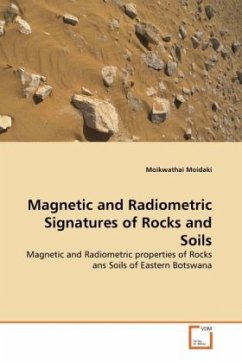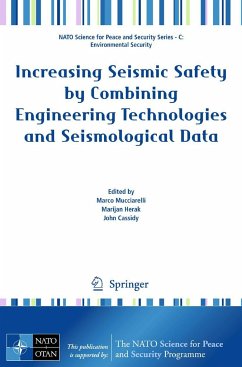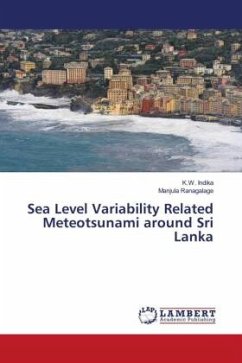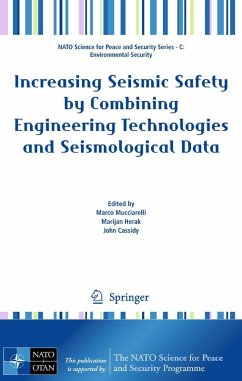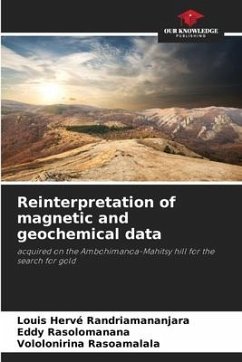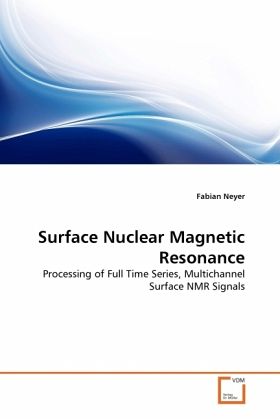
Surface Nuclear Magnetic Resonance
Processing of Full Time Series, Multichannel Surface NMR Signals
Versandkostenfrei!
Versandfertig in 6-10 Tagen
32,99 €
inkl. MwSt.

PAYBACK Punkte
16 °P sammeln!
Surface Nuclear Magnetic Resonance (SNMR) is a relatively new geophysical technique primarily used for water detection in the shallow subsurface. Among the various geophysical methods, surface NMR is unique in that it is directly sensitive to water molecules. Hence it has the powerful potential to quantitatively map the water distribution with depth. One of the most crucial criterions for a reliable model is the data quality. The signal measurement record is obscured by various industrial and natural noise sources. Extreme hardware requirements and the weakness of the signal cause the records ...
Surface Nuclear Magnetic Resonance (SNMR) is a relatively new geophysical technique primarily used for water detection in the shallow subsurface. Among the various geophysical methods, surface NMR is unique in that it is directly sensitive to water molecules. Hence it has the powerful potential to quantitatively map the water distribution with depth. One of the most crucial criterions for a reliable model is the data quality. The signal measurement record is obscured by various industrial and natural noise sources. Extreme hardware requirements and the weakness of the signal cause the records to be heavily noise contaminated in general. As a consequence, efficient noise suppresion techniques are required to extract the weak surface NMR signal, i.e. stacking, loop design, and digital post-processing. In the scope of this work, a state-of-the-art post-processing workflow for full time series NMR data is developed. Using the NUMIS Poly Hardware (France), a multichannel Wiener filteris used to apply efficient noise reduction with up to three reference channels.



